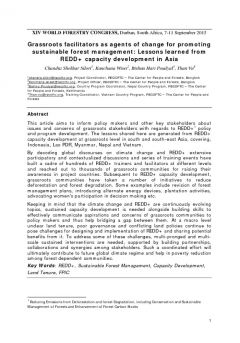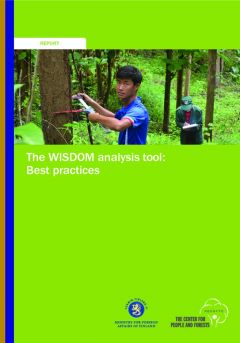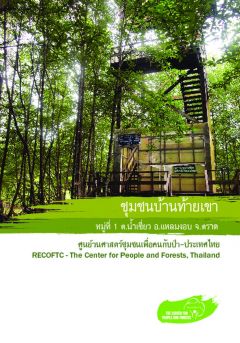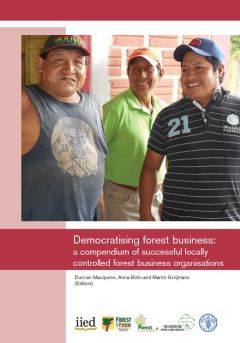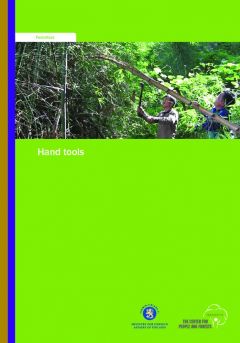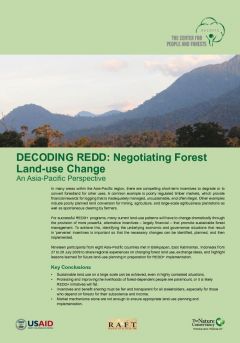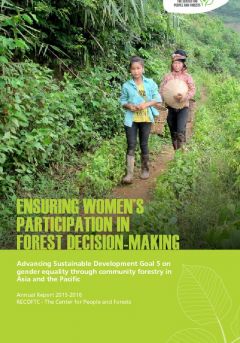Grassroots Facilitators as Agents of Change for Promoting Sustainable Forest Management: Lessons Learned from REDD+ Capacity Development in Asia
This article from the World Forestry Congress Proceeding aims to inform policy makers and other key stakeholders about issues and concerns of grassroots stakeholders with regards to REDD+ policy and program development. The lessons shared here are generated from REDD+ capacity development at grassroots level in South and Southeast Asia, covering, Indonesia, Lao PDR, Myanmar, Nepal and Viet Nam.

